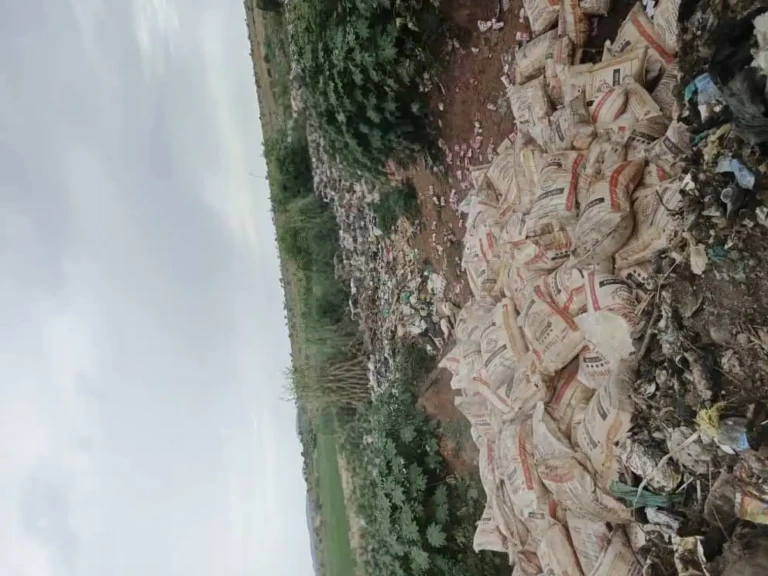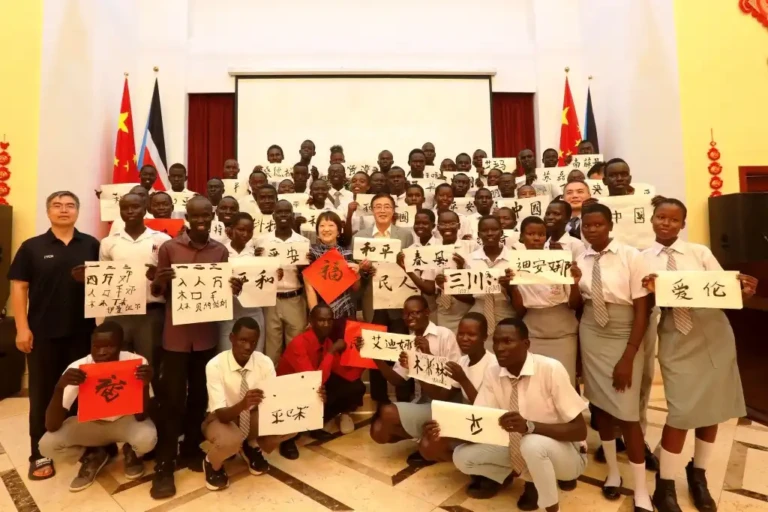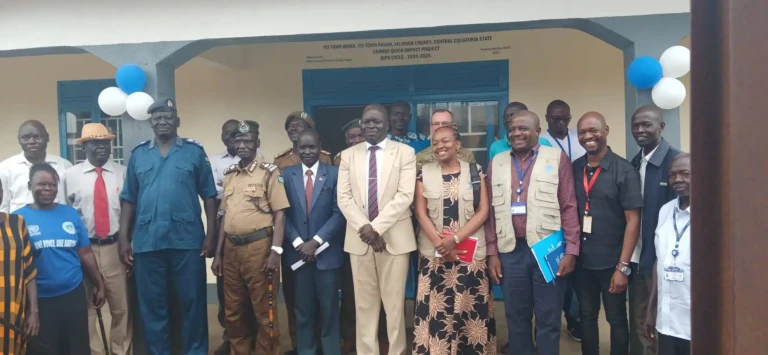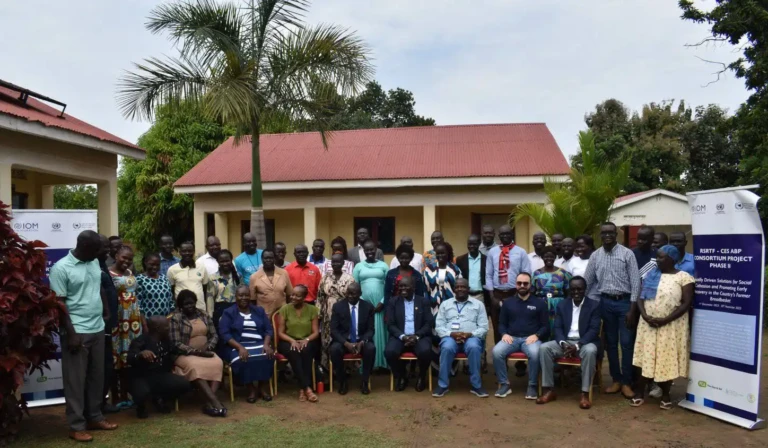
(Kakuma) – A growing hunger crisis is unfolding in Kakuma, one of Africa’s largest refugee camps, after the United Nations World Food Programme (WFP) was forced to halve food rations following a drop in funding from the United States. The camp, which hosts more than 300,000 refugees from over 20 countries, is now facing what aid workers describe as a worsening humanitarian emergency.
The aid shortfall follows a pause in foreign assistance announced by the U.S. government in March, part of a broader rollback of international aid commitments. Previously, the United States had been the single largest donor to the WFP. The resulting budget cuts have left refugees like Martin Komol, a 59-year-old widowed father of five from Uganda, surviving on charity from neighbors and enduring days without food.
Komol lives in a fragile mud-walled shelter that risks collapse in the next rainfall. He says food now lasts only half the month, and medical staff at the local hospital routinely diagnose his family’s ailments as simply hunger. “When we go to the hospital, they say it’s just hunger and tell us to go back home,” he said.
Each refugee in Kakuma now receives just 3 kilograms of rice per month (about 6.6 pounds), down from the recommended 9 kilograms. In addition, WFP provides 1 kilogram of lentils (2.2 pounds) and 500 milliliters of cooking oil. Monthly cash transfers—once used to buy vegetables and protein—were stopped this month. WFP hopes to receive another shipment of rice by August, but officials warn that without additional funding, they may only be able to support the most vulnerable cases.
“If WFP doesn’t receive funding soon, we’ll have to focus our support only on those who are most at risk,” said Colin Buleti, WFP’s head in Kakuma. The agency is urgently appealing to international donors for support to avoid further cuts.
For children and mothers in the camp, the consequences are already visible. At the International Rescue Committee-run hospital in Kakuma, cases of malnutrition have surged. In April alone, the stabilization ward admitted 146 children, and 15 of them died. That figure is three times the normal monthly average. Sammy Nyang’a, the hospital’s nutrition officer, said the loss of cash support means many families can no longer afford a balanced diet.
Some basic nutrition support programs have already been scaled back. The hospital once served porridge to mothers and young children, but the flour—mostly sourced from U.S. donations—ran out in March. A peanut-based nutritional paste provided to children after discharge is expected to run out by August.
Susan Martine, a mother of three from South Sudan, is currently caring for her 2-year-old daughter in the hospital. The child is suffering from severe swelling and skin sores caused by malnutrition. Martine says her older children receive one meal a day through the WFP school feeding program, but it is their only meal. That program too is now under pressure due to reduced funding.
“I don’t know how we will survive with the little food we have received this month,” she said.
The impact of the cuts also ripples through the local economy. Chol Jook, a businessman who once earned 700,000 Kenyan shillings (about $5,400) per month through WFP’s cash transfer program, now faces significant financial losses. He fears that hunger will force more refugees to buy food on credit, pushing them into debt.
Discover more from Access Radio Yei News
Subscribe to get the latest posts sent to your email.






